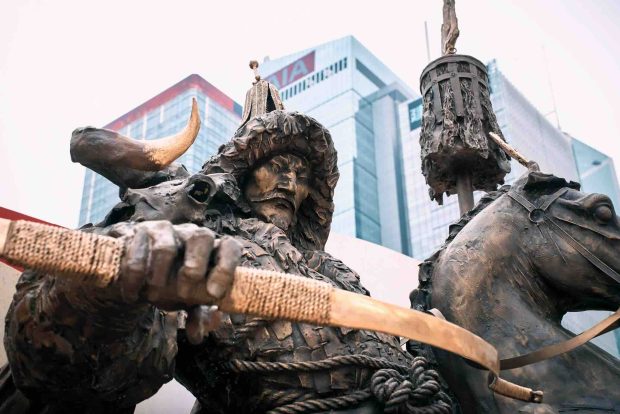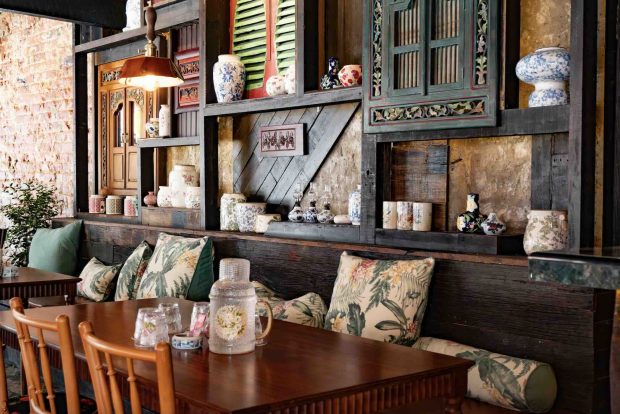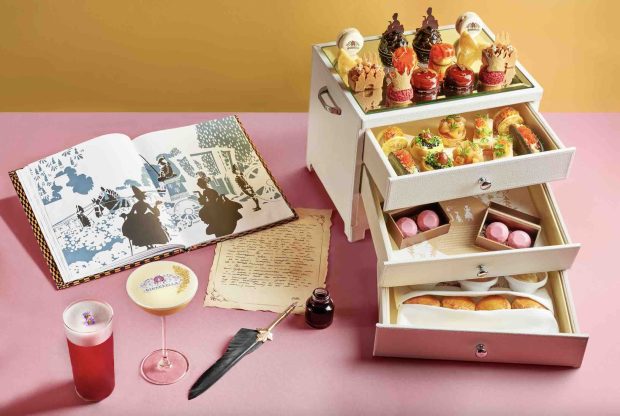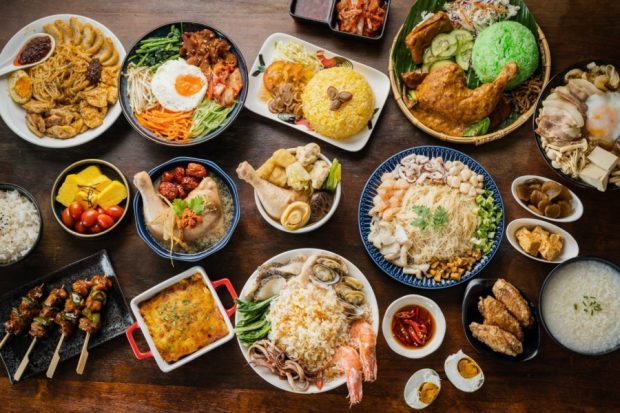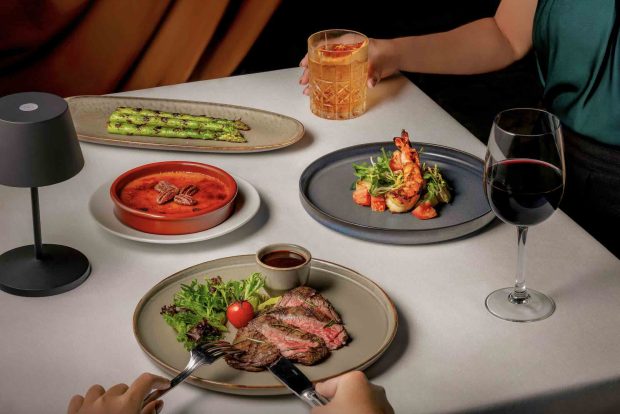If you are interested to gain a greater appreciation of Dubai’s culture and customs, Sheikh Mohammed Centre for Cultural Understanding (SMCCU) is the place for you. The SMCCU opened in 1998 to help visitors like you and me gain a better understanding of the culture and customs of the UAE. The institution invites guests to take part in their full schedule of activities, including a range of Arabic classes, heritage tours, and guided mosque visits. These activities are all facilitated to build a better understanding and to clear the doubts of certain curiosity that people might have when they are in Dubai.
Experience The Honour Of Wearing The Kandura
A Kandura (thobe, thawb, or dishdashi) is an ankle-length, loose-fitting robe for men, usually white in colour. In winter, the Kandura is available in a splash of colours mostly in darker shades. For married man, it is usually a custom for their wives to personally make a special cotton-braided tie for the man. An Agal (iqal, egal or igal) is a black band secured tightly around the Ghutrah to keep it in place. The Agal is usually in black in colour and is somehow losing its prominence these days as younger men are already draping the guthra in many different ways.
Presenting the Gishwa
The Gishwa is a thin veil covering the face whereby it is unrecognisable. However, it is fine enough for the wearer to see through. It was told that only a few remain inclined to the tradition of wearing the Gishwa. It is of courtesy to ask before taking a photo but the lovely representative of the SMCCU allowed us to take this photo before we could even ask. Do note that it is important to take note of the surroundings when taking photos as there should not be any United Arab Emirates (UAE) women captured in the photos you take.
The Abaya is a long elegant cloak worn by women in the UAE, where it is their national dress. Traditionally black in colour, it covers the whole body except the face, feet and hands and therefore some women prefer to team it up with the niqāb and Gafaaz to cover up the face and hands as well. The Burqa or burkha, burka, burqua is an outer piece of clothing used to cover a woman’s body to prevent exposure of skin in public. The Burqa is removed when the women return to her house in the company of her family members. It is worn over daily attire and is more common among the older generation
Savouring The Emirati Breakfast
The Emirati’s local breakfast features quite a huge scrumptious spread. Even though we missed out on the lunch and dinner, I believe it’s a feast that one will enjoy at least. It was mentioned that the preparation time for this kind of spread is quite time-consuming, which is why most Emiratis these days must resort to quick bites before their hectic work schedules.
When you sign up for a traditional Emirati breakfast, lunch or dinner, the session starts with a guided walking tour of the historic Al Fahidi Historical Neighbourhood. Next, you are invited to take a seat on Bedouin-style carpets and pillows and enjoy a selection of traditional dishes.
We got to enjoy a homely meal in Dubai and at the same time interact with fellow travellers from all over the world. After the meal, everyone sits down & enjoy some Emirati coffee and red dates while the local host answers questions about life in the emirate.
After the session, you can also have some free and easy time to take some fun OOTD shots in traditional Kandura.
With its motto, Open Doors, Open Minds, all questions – no matter how sensitive – are welcome and answered. At only AED$25 (~SGD$9.50), we encourage everyone to go for this amazing opportunity to experience the local culture in Dubai.










